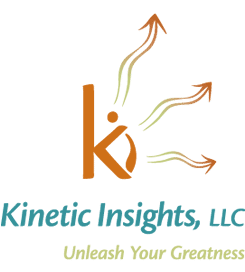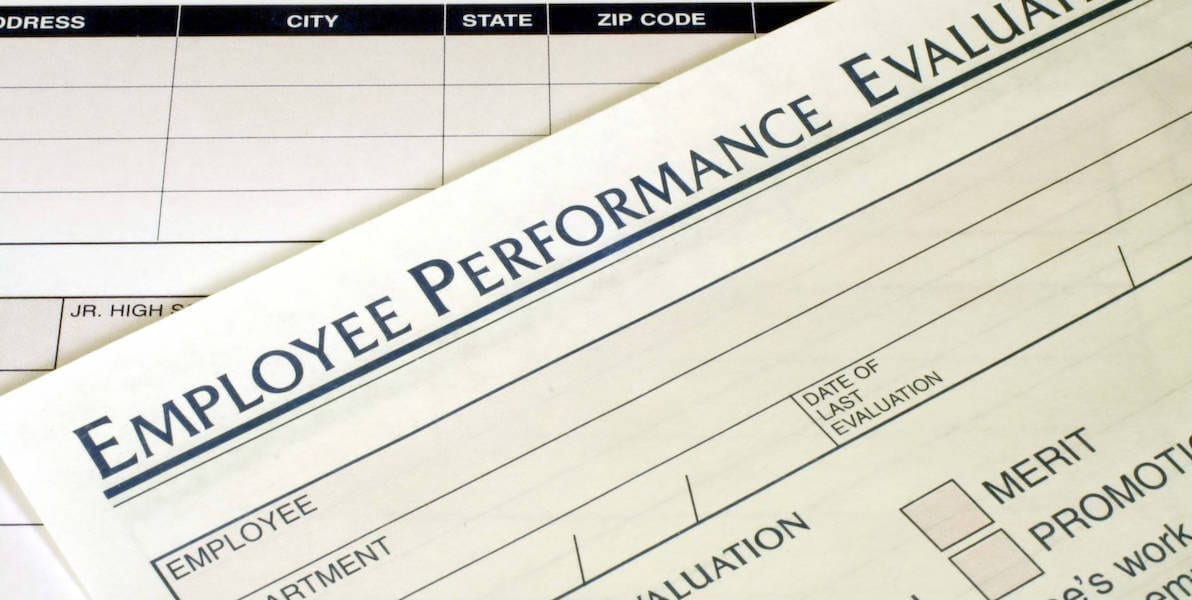How would you rate your own skills on the performance review process?
Like most soon to be or junior executives, you may not have spent much time evaluating your own skill at performing this routine task of leadership. However, your ability to effectively review the development of the leaders in your organization will have a significant impact on their individual accomplishment within your organizational vision. If you haven’t upgraded your review skills recently, you may not be getting the most out of reviews. If that’s the case, some fine-tuning may be in order.
Start with Commitment to the Review Process and Goal
Whether you’re using a simple performance plan review document or a full-blown systematized approach, you must commit to the process. The process should start with each person completing their own review report. Then, as you come together for discussion, the session becomes collaborative. They give their review of the performance and development areas where your role is to ask questions to ensure you understand their perspectives. You then give your review where your role is to ensure they understand your perspective. Following that, you both identify and discuss gap areas where your role is to get clarity and mediate toward a common understanding even if that, at times, means you agree to disagree. After that, the discussion enters the “now what” stage where you find agreement on a go-forward plan. The next time period’s performance and development areas should be proposed and finalized in a timely manner after any review.
Before you begin to write any of your direct report’s review, you should ask yourself what outcome or goal you have for the discussion, e.g. give strong kudos and inspire them to continue the good work, upgrade less than satisfactory performance to satisfactory, further develop the individual thru challenging new work, expand the individual’s responsibilities and/or authority, promote the individual, etc.
With the goal in mind, it should be easy to see 2-3 areas in the performance and development goals that will be most impactful to the outcome you desire for the discussion. Focus your attention to ensuring the content is robust in these areas. Include enough content for the leader receiving the review to understand specifics on the good, bad and ugly of their past performance or development efforts past and going forward. These are the landmarks and street signs that keep your leaders on the most efficient route to their goal.
5 TIPS
- Give the review the time and attention that it deserves
It is easy to rush through and check off this task especially if you talk to your direct reports often. Don’t short yourself or your direct report by not giving this the attention it deserves. Instead thing about making them more effective and doing the reviews with more purpose. Focus on quality performance feedback and a few impactful development areas.
- Consider the authority position of the leader being reviewed
The higher you go in the organization, the more heavily you will measure outcomes versus output in performance plans. Successful higher-level leaders are held accountable for the overall outcome of their entire group, who in turn is held accountable for output. If you give high marks to a leader for solving problems and achieving direct results, yet they themselves also lead many levels of leaders and departments, the organization will soon hit a roadblock to success. This happens because a leader that is focused on solving problems him/herself cannot also be teaching others to evaluate risks, solve problems, and achieve output. This leader and area of responsibility’s bandwidth for future success will be restricted.
- Separate Performance from Development Goals
In order to make have the right level of discussion and emphasis in each review and section of the review, make sure you clearly separate performance from development goals or objectives. Performance goals are objective. They cover the measurable value that the leader provided to the company in the reviewed period. It is data-driven and tied to organizational strategy, department strategy, and specific job responsibilities. Development goals are typically more subjective with some objective tasks. Development goals answer questions such as: how will the leader grow? what soft skills do they need to cultivate for future projects or promotions? what do they need to do to support collaboration within the leadership team?
- Be specific on performance
If your goal is to efficiently journey across the country from Columbus, Ohio to Los Angeles, California, would you accept “go west” as effective directions? How would you know what road take? Would you know if you were on the right road after two days of travel and a surprise construction detour? You might eventually end up in Los Angeles, but I doubt it would have been the fastest or most efficient way. You can effectively plan your journey to Los Angeles by using either Google Maps or Waze. Likewise, clear and productive performance reviews rely on a roadmap with landmarks and street signs to determine if the specific output or outcomes were accomplished.
One effective performance review might contain an objective with outcomes and review notes like this example below.
Performance Review Example
| Goal: | Expected Outcomes: |
| Establish new revenue channels in the European market with our first sale this year and potential for $5M in the coming year. |
|
| Rating: | Comments: |
| 3 | There have been no European sales as of this review. The potential is still unknown. We had a rough start to the process in understanding the level of government involvement and reporting. We have now crossed this hurdle and it is time to ramp up our current resellers’ sales efforts and new reseller acquisition process in the coming year.
Accomplishments:
|
It is important to realize on this example that if the managing leader simply rates the performance a 3 because most of the bulleted items were completed without adding clarifying comments, both the reviewed leader and his/her future managers could be confused as to why the rating was average if and when the reviewed leader feels they completed the major assignments.
Likewise, rating a 4, would signal that the outputis more important than the outcome. Giving an objective the “old college try” is not enough. Missing the objective means missing the organizational strategy.
By adding comments about the slow start on key parts of the process, the reviewed leader and next manager have a much better understanding of why the employee raves about this success yet didn’t get a 5 on the performance review.
Development Review Example
By contrast, development goals and objectives are more subjective and personal. They are set to drive value to both the reviewed leader and the organization. The timing of development goals is often more future-focused, such as preparing now for a higher position or title later.
Development goals are best when they are co-created by both the managing leader and the reviewing leader. Be that as it may, the responsibility for progressing rests more heavily on the latter. In order to meet this responsibility, the reviewing leader needs feedback on what the managing leader sees in their future and the hard and soft skills that will be required to get there. The manager needs to understand what”s important to the reviewing manager and how that links to future of their organization.
Clear, productive development reviews (regardless of the format) might contain an objective and outcomes and review notes like this example below.
| Goal: | Expected Outcomes: |
| Improve skills on strategic visioning and connecting employees to that vision. |
|
| Rating: | Comments: |
| 5 | The initiative of finding and attending a class on visioning and strategy was very productive in helping you begin to establish the foundation of these new skills. The feedback on your presentations and creating a sub graphic from the CEO’s vision graphic was instrumental in getting many of your people to see the bigger picture. It was observed that this showed up in the Company Town Hall meeting when 3 of the best questions related to our strategy of the future came from your team. |
Just like landmarks that guide us on our road trip, detailed comments indicate the distance travelled and yet to go. Details give the traveler (leader) crucial information to adjust during the journey to arrive faster and closer to the destination.
- Remember this is a document that resides in the reviewed leader’s memory and their HR file for years to come
Strong leaders require feedback to grow and they have long memories on those reviews that emphasize solely what they did wrong or could improve. These can demoralize for a long time to come. Balancing feedback or even focusing on utilizing strengths more effectively is a much more powerful tool to engaging the leader more fully.
All reviews become part of the leader’s permanent HR file. Does the review accurately and specifically represent what you as the leader want future leaders to see about this employee? Is it fair with accurate precise facts to back up your performance statements? Will the reviewed leader be able to use the document as a roadmap to modify behavior?










Leave A Comment